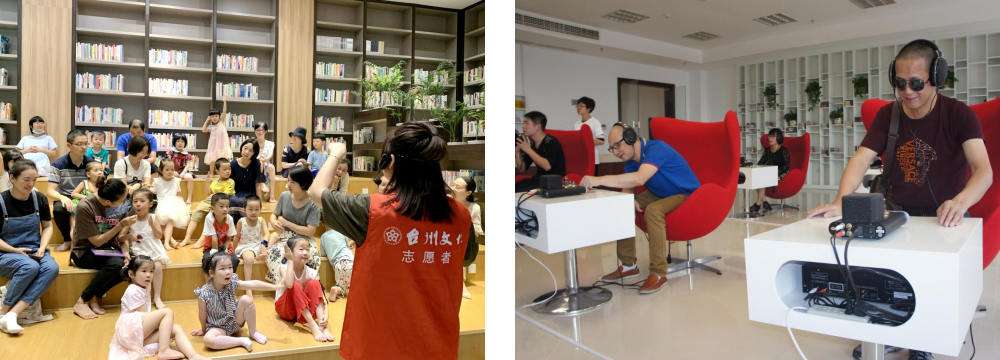Several days ago, Ms. Chen, who lives in Lin'an District, Hangzhou City, Zhejiang Province, returned books borrowed from Zhejiang Library to the Lin'an District Library near her home, free from 3 hours of running about if she has to return books to Zhejiang Library. That benefits from the the Overall Service-Improving Programme, which is aimed to facilitate the public library system in the province, and one point is to realize the library coordinated loan and return——books borrowed in one public library can be returned to any public one within Zhejiang Province.
It seems to be a small change, but is fueled by the Overall Service-Improving Programme with great reform significance. In June 2020, Zhejiang Provincial Department of Culture and Tourism and other relevant departments jointly issued the the Overall Service-Improving Programme Plan for Zhejiang Public Libraries (2020-2022), with a focus on balance — public libraries across the whole Zhejiang Province plan to spend 3 years to solve problems such as unreasonable library distribution and service inefficiency, bridge the social divide through integrated management, optmize thdigitalization, and expand the community outreach of library services. That aims to realize the technological innovation and build a public library community.

There are 8 points for the Overall Service-Improving Programme:
★ Committed to creating diversified reading spaces with distinctive characteristics, reasonable distribution and in the neighborhood.
★ Realizing the library coordinated loan and return among public libraries in Zhejiang Province.
★ Optimizing digital services, narrowing relevant urban-rural gap, establishing a province-wide joint procurement mechanism and a collaborative service platform, upgrading mobile reading services, and promoting digital services for ancient books and local literature.
★ Developing an online book loan and return platform called “credit reading”, which is based on the personal credit and there will be no deposits or overdue fees in public libraries across the province. Readers in rural areas can fairly benefit and enjoy the online book selection, borrowing, and delivery to home through “credit reading”.
★ Promoting high-quality reading activities in rural areas, for example, the boom of new media can be used to diversify activity forms and promote the involvement of the mass.
★ Optimizing convenience services, especially improving the barrier-free reading facilities of public libraries to enhance the service for the marginalized group.
★ Regular epidemic prevention and control.
★ Promoting the corporate governance reform of public libraries at and above the county level.

